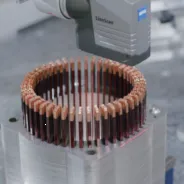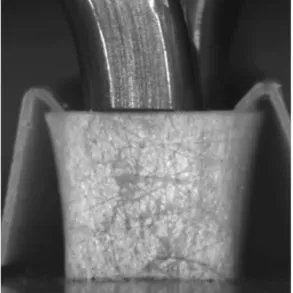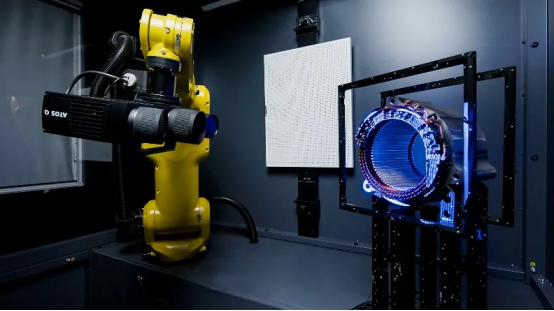Verifying Critical Dimensions of Motor Stator Components in New Energy Vehicles
![]() 02/17 2025
02/17 2025
![]() 344
344

Over the past decade, China's new energy vehicle industry has emerged from nothing to achieve remarkable growth. This surge has revitalized the once traditional motor and electronic control industry, with motors now playing a pivotal role in vehicle dynamics and efficiency. As consumer demand for increased electric vehicle range intensifies, manufacturing enterprises within the industry are setting higher standards for precision motor manufacturing. Key aspects such as the molding shape of hairpins in standard motor stator bodies, the bending accuracy of flat wire ends, and the consistency and assembly precision of hairpin insertion have become critically important. So, how can manufacturing enterprises verify these critical dimensions of stator components and expedite the measurement process?

The motor stator component is not a mere testing element. Rapid detection of component defects during production is crucial for enhancing product quality and production yield:
● The motor's flat wire port, designed with hairpins, necessitates welding during connection. Poor welding can result in weld seam pores, adversely affecting motor performance. Traditional contact measurement is time-consuming for detecting the dimensional characteristics of weld seams, as manufacturers typically need to inspect over 150 weld seams.
● The position and height of the insulating paper between the flat wire and stator lamination are vital for the motor's insulation performance, making it essential to inspect the flat wire end position. The height of the insulating paper involves a nearly two-dimensional inspection, necessitating the use of a small probe and slower scanning speed to capture the edge data of the insulating paper.
For this type of repetitive feature inspection, the Zeiss coordinate measuring machine CONTURA, equipped with optical probes ZEISS LineScan and ZEISS ViScan, can achieve faster measurement.
● ZEISS LineScan rapidly creates weld seam point clouds to quickly extract height data for each weld seam. Instead of contacting each weld seam, ZEISS LineScan employs laser triangulation to collect hundreds of data points per second, enabling swift measurement of weld seams.
● When paired with a rotary table, ZEISS ViScan effortlessly measures the height of each insulating paper and collects comprehensive data. This method is not only faster than contact measurement but also provides more data. During scanning with ZEISS ViScan, the sensor swiftly captures images and extracts a row of data, comprising approximately 30 to 70 points.

▲ ZEISS LineScan collects data quickly and reliably

▲ Insulating paper height image captured by ZEISS ViScan
ZEISS ScanBox for eMotors enables non-contact, fully automated digitization of sensitive structures in motor stators. With a single setup, it can complete full point cloud measurement of the entire stator, obtaining three-dimensional data of the stator. During the scanning process, each image captured by the probe contains up to 12 million data points, providing high data density for feature extraction and measurement of stator components.

▲ Full point cloud measurement of stator using ZEISS ScanBox for eMotors







